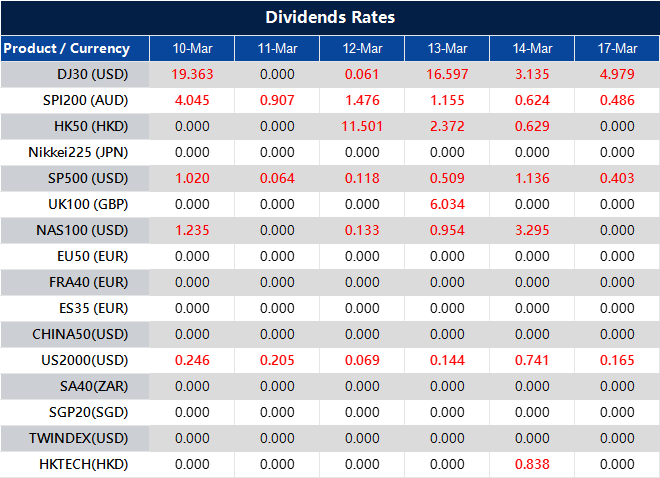Stocks are experiencing a downturn, with the NASDAQ declining by 196.47 points (1.09%) to a level of 17,872. The S&P 500 has decreased by 53.5 points (0.94%), now at 5,685.
The S&P 500 is moving further away from its 200-day moving average of 5,732.70. The NASDAQ is set to close below its 50-week moving average for the first time since March 2023.
This decline marks the NASDAQ’s third consecutive weekly decrease, down 5.15% this week. The S&P 500 has also recorded three weeks of consecutive losses, currently down 4.61%.
Market Momentum Shift
These declines highlight a change in momentum. Markets do not move in straight lines, but patterns emerge when volatility increases, and recent weeks have demonstrated that. The NASDAQ breaking below its 50-week moving average signifies more than a temporary pullback. Since March 2023, buyers have defended this level, suggesting that sentiment has shifted. A breach of this kind often encourages further selling, as traders who previously relied on this as an entry point begin to exit.
The S&P 500 distancing itself from its 200-day moving average reinforces the lack of buying strength. This isn’t a minor fluctuation—it extends a pattern of sellers pressuring prices lower. When major indices repeatedly fail to hold key technical thresholds, the argument for a short-term recovery weakens.
Weekly trends matter. A single red week can be dismissed as normal market action, but three in a row suggest larger forces at play. The NASDAQ’s 5.15% drop this week is not an isolated occurrence. The S&P 500’s 4.61% loss mirrors that weakness, further emphasizing that downward pressure is widespread.
We must also pay attention to volume. A decline supported by higher-than-normal trading activity signals conviction behind the move. If institutions are reducing exposure, rallies may struggle. If volume is lacking, the selling could be less durable. Understanding this distinction helps avoid reacting too soon.
Sentiment alone does not dictate market direction. Interest rates, economic data, and corporate earnings cannot be ignored. Market participants anticipating a rebound must ask what has changed. Buying after notable declines is common, but without a shift in the factors driving the sell-off, such attempts can be premature.
Key Support Levels
Watching how indices behave around support levels can provide clarity. A recovery that lacks momentum may only serve as a temporary pause before further declines. Conversely, a sharp move upward with strong participation could indicate renewed confidence.
There is no single factor determining where prices will settle, but patterns, volume, and external catalysts all shape expectations. The next few weeks will determine whether this is a passing dip or something deeper.
Create your live VT Markets account and start trading now.











